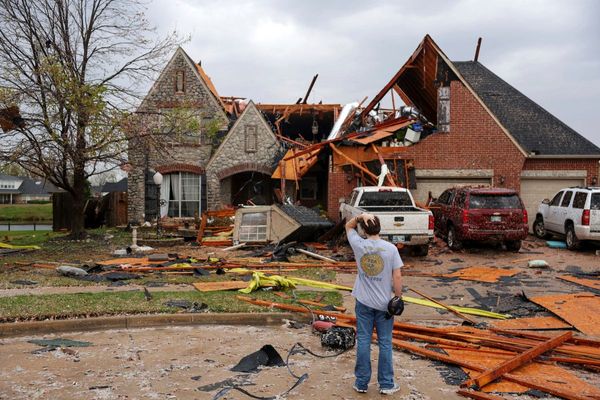
The first astronaut mission aboard Boeing's Starliner is indefinitely grounded.
Starliner will not lift off on Saturday (May 25) as planned, which was the latest launch date following several delays in recent weeks. NASA officials communicated the delay late on Tuesday (May 21), providing no specific cause yet. But the team has been examining a small helium leak in a Starliner thruster in recent weeks.
"The team has been in meetings for two consecutive days, assessing flight rationale, system performance, and redundancy. There is still forward work in these areas, and the next possible launch opportunity is still being discussed," the e-mail update read in part.
Starliner's Crew Flight Test (CFT) mission to the International Space Station or ISS, as NASA and Boeing officials repeatedly have stressed, is developmental. In past briefings, officials say they always emphasize safety over schedules. NASA CFT astronauts Butch Wilmore and Suni Williams, both former U.S. Navy test pilots, have said much the same.
Related: 2 astronaut taxis: Why NASA wants both Boeing's Starliner and SpaceX's Dragon
Starliner appeared to be ready to fly on May 6, but the countdown was halted just two hours before liftoff, while Wilmore and Williams were being strapped into the spacecraft. (The helium leak was also ongoing during this time, but at that time engineers did not deem that an issue for launching.)
The delay was ultimately called after United Launch Alliance (ULA) found an oxygen relief valve issue on the Atlas V rocket set to launch the duo from the coastal Cape Canaveral Space Force Station near Orlando, Florida. The Atlas V has been flying missions since 2002 with 100% launch success, but CFT will be the first crewed launch for the rocket.
ULA determined the safer option would be to address the "buzzing" valve — it was opening and closing rapidly — without astronauts on board. After a few hours of evaluation, the team elected to pull the stacked rocket back to shelter to replace the valve.

While in the ULA facility, the team scrutinized the helium leak and announced delays, first to May 21, and then to May 25. "The additional time allows teams to further assess a small helium leak in the Boeing Starliner spacecraft's service module traced to a flange on a single reaction control system thruster," NASA officials wrote in a previous update.
Helium is a non-combustible gas and does not pose a risk during ground operations, but proper pressure is needed to send propellant to Starliner's dozens of engines. This helium leak was found in a part of the spacecraft used for small maneuvers in orbit, according to multiple media reports.
Starliner is only authorized to dock to one port of the Harmony module of the ISS on this test mission, meaning NASA needs to preserve that spot open for CFT to launch. If the fix takes several weeks, it may be difficult for NASA to hold the spot open given the ISS hosts other cargo and astronaut missions. That is likely one factor behind the uncertainty of the launch date.
Williams and Wilmore had remained in quarantine through the launch delays, flying back to NASA's Johnson Space Center in Houston in mid-May. NASA did not say if the astronauts will emerge from their quarters, but if the delay persists for many weeks it is likely they will leave to focus on other CFT training duties.
Developmental delays often arise in new space programs. Boeing and SpaceX were both tasked by NASA in 2014 to send astronauts to the ISS using commercial crew vehicles. The target date for astronaut flights at that time was 2017.
SpaceX, borrowing from its cargo Dragon design that began flights in 2012, flew its first Crew Dragon with astronauts successfully in 2020. Starliner's waited much longer.
Starliner failed to reach the ISS during its first uncrewed test flight in 2019 due to a software glitch that stranded the spacecraft in the wrong orbit. A follow-up flight made it there safely in 2022 after addressing the dozens of issues, in addition to experiencing other delays in part due to the outbreak of the coronavirus pandemic in March 2020.
CFT was delayed further in 2023 after the team found the capsule's parachutes could carry less load than expected, and discovered flammable tape covering much of the wiring in the spacecraft. Those issues are behind the team, however, NASA and Boeing officials said in the spring.







